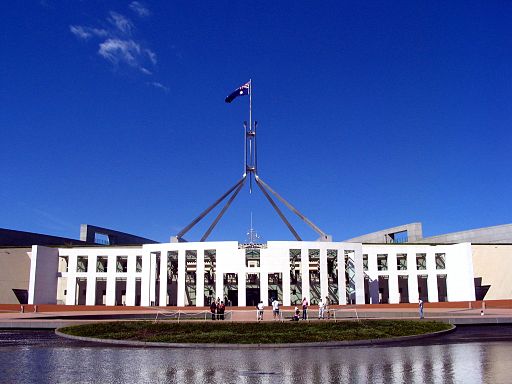Around the world an increasing number of detailed policy road maps are demonstrating the possibility – as well as the necessity and urgency – of a rapid transition to a just and sustainable post carbon future. The Post Carbon Pathways report, jointly published by CPD and the Melbourne Sustainable Society Institute, has reviewed eighteen of the most comprehensive and rigorous post carbon economy transition strategies.
Download Post Carbon Pathways: Reviewing post carbon economy transition strategies
In their report, CPD fellow John Wiseman and Taegen Edwards look at transition strategies produced by governments with the strongest emissions reduction targets, such as Germany, Denmark, the UK and California, as well as some of the most innovative and influential non-government authored strategies such as Zero Carbon Britain 2030, Zero Carbon Australia 2020 and World in Transition (German Advisory Council on Global Change). Analysis of these diverse approaches leads to the following key lessons:
• Pathways to the emissions reductions needed to prevent runaway climate change remain open, but the gate is closing fast.
• Technological barriers are not the most significant obstacles to a fair and rapid transition to a post carbon economy.
• The biggest barriers preventing a rapid transition to a post carbon future are social and political, not technological or financial.
• Following the examples of other developed countries, Australia must develop a longer-term agenda for emissions reductions to meet its targets. The federal government currently lacks a plan for how Australia’s 2050 target (of an 80 per cent decrease on 2000 levels) will be achieved.
The authors’ research leads to two challenging and urgent questions:
• For less ambitious plans and strategies (generally government-led): Given that the proposed actions do not match the physical requirements of action needed to prevent runaway climate change, what can be done to bridge this gap?
• For more ambitious plans and strategies (generally non-government authored): Given that political and social support for the rapid implementation of these proposals remains challenging, what can be done to bridge this gap?
Read more about the post-carbon pathways project at http://www.postcarbonpathways.net.au/



